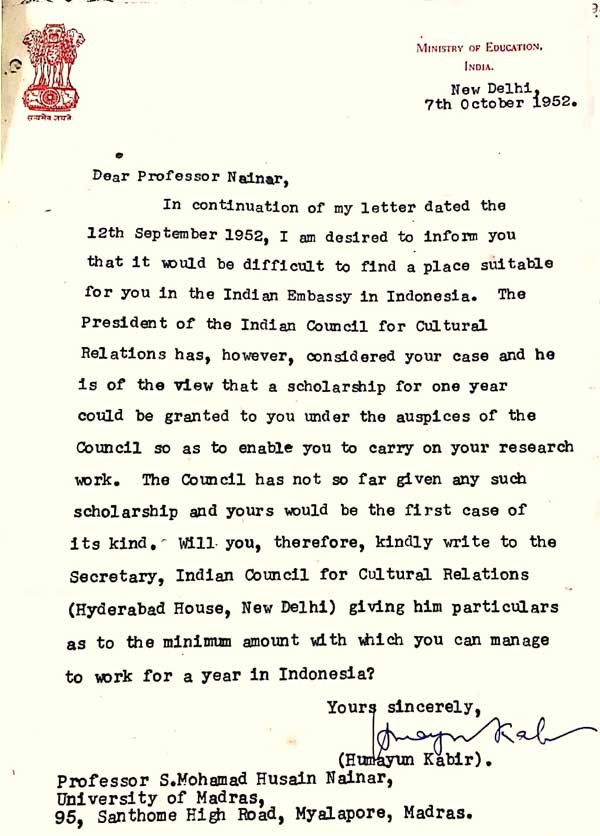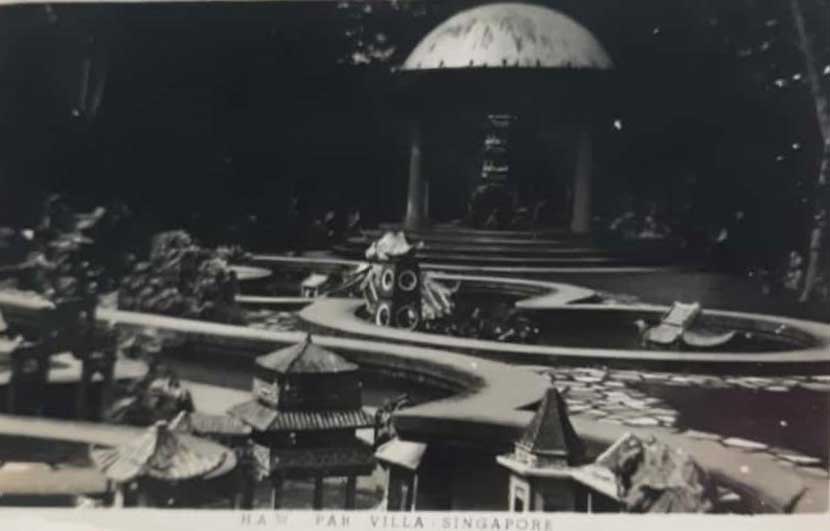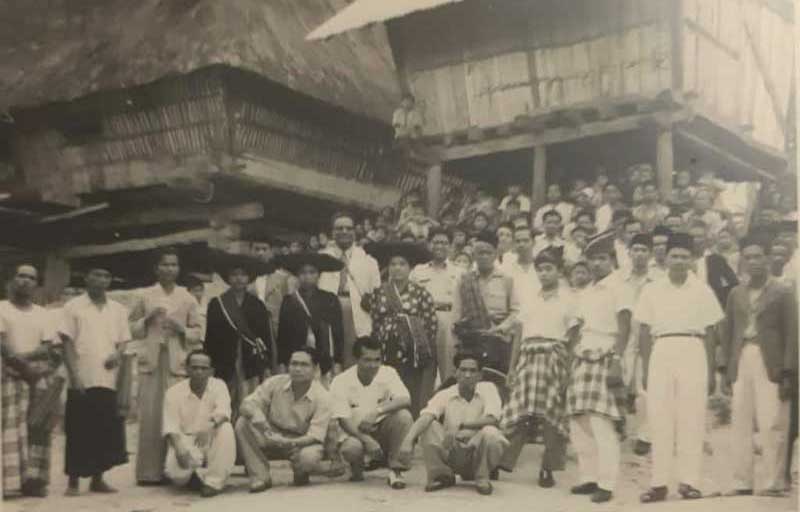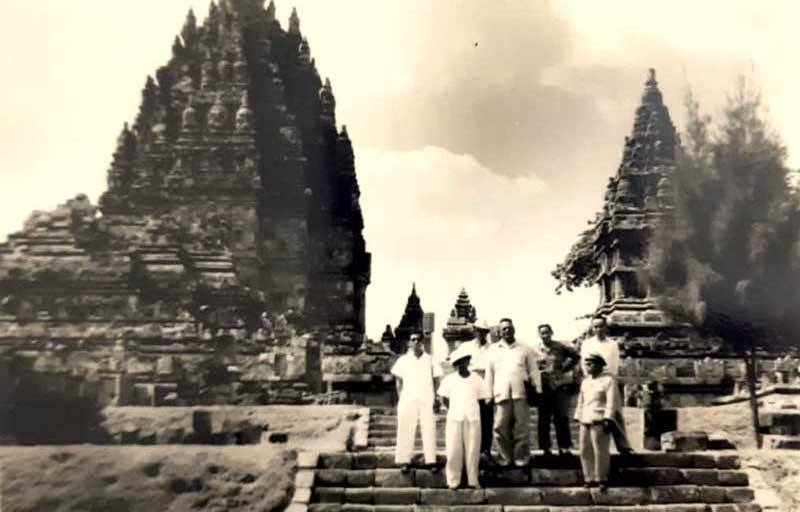An historic association

Professor Nainar’s acquaintance with the sources of the history and culture of the South East Asia began when he worked for his thesis for the Ph.D degree in London.
Though he originally planned to write a thesis on Arabs’ knowledge of South East Asia, in the course of course of study, the materials collected by him became so voluminous that it was considered advisable to restrict it to South India only. Inspired by the book knowledge he had gained, he decided to visit these regions, a decade later.
In 1947, he spent his summer vacation in Burma, Malaya and Indonesia. From Madras, he went to Rangoon and after spending a few weeks there, he travelled by ship to Singapore, visited Ipoh, Kuala Lumpur and Penang. Then he went by air to Djakarta, Surabaya and some of the smaller towns in East Java and returned to Madras by air.
Ever since he returned from his trip to Indonesia in 1947, his interest in the study of these regions became deeper.
In 1951, when the Ministry of Education, Government of India, New Delhi, invited the views of universities in India in connection with the Five-Year Plan, the Registrar of the University of Madras requested different departments
to give their respective suggestion.
Mr. Nainar, as Head of the Islamic Department, submitted a report on the scope for a study of cultural relations between India and Indonesia.
In the year 1952, Mr. Nainar was asked to submit a few of his publications. Then early in 1953, he was deputed as research scholar to Indonesia by the Indian Council for Cultural Relations (ICCR), Ministry of Education, Government of India.
Mr. Nainar reached Djakarta in May, 1953 to pursue his cultural studies.
He travelled the whole of Java and in the outer islands. In Sumatra, he travelled from Atjah to Palebang. In Kalimantan, from Bandjarmasin to Balikpapan and in Sulawesi from Menado to Makassar. He also stayed in Bali for some period. Thus he had greater opportunities to visit various centres in Indonesia and gain intimate knowledge about the country, people and their culture and language. He submitted to the Government of India, a report on Indians in Indonesia, from 1850 to 1950.
The ICCR assignment put him in a unique position to act as a quasi-government official who was often called to help out with expatriate matters in Indonesia. Gemini Studios, for example, called upon him to mediate on their behalf with J. Arthur Rank Films to reimburse the outstanding distribution fee due to them for their multilingual blockbuster Chandralekha (see https://smhnainar.com/correspondence/ for more details).
Dr. Nainar was among the few scholars to do a detailed documentation of Indian expatriate communities in India, and due to his fluency in many languages (including Bahasa Indonesia), he was able to represent the country in the Bandung Conference (1955), and also the Tamil Day celebrations, along with noted Sri Lankan Tamil scholar Reverend Xavier S. Thani Nayagam in 1956.
The 1950s were also a time of upheaval in Dr. Nainar’s life, as his long-standing association with the University of Madras came to an end with his retirement in 1954. As letters show, the family decided to shift to Salem, and then Palani, as his sons Anwar and Munawwar prepared to leave for higher studies in Delhi and Egypt respectively.
When the ICCR contract came to an end in 1955, Dr. Nainar opted to stay back in Indonesia at his own expense to complete his cultural studies.
Later, he took up a teaching assignment at the Government Institute of Islamic Studies from 1957-1960.
During this period, he oversaw the education of his sons and youngest daughter Shekha Farhana entirely through letters, and often sent home well-chosen gifts for his married children and their relatives. As he often remarked in his letters, the geographical distance did not matter; his family and its well-being was always on his mind. He returned to India for good in 1960.



